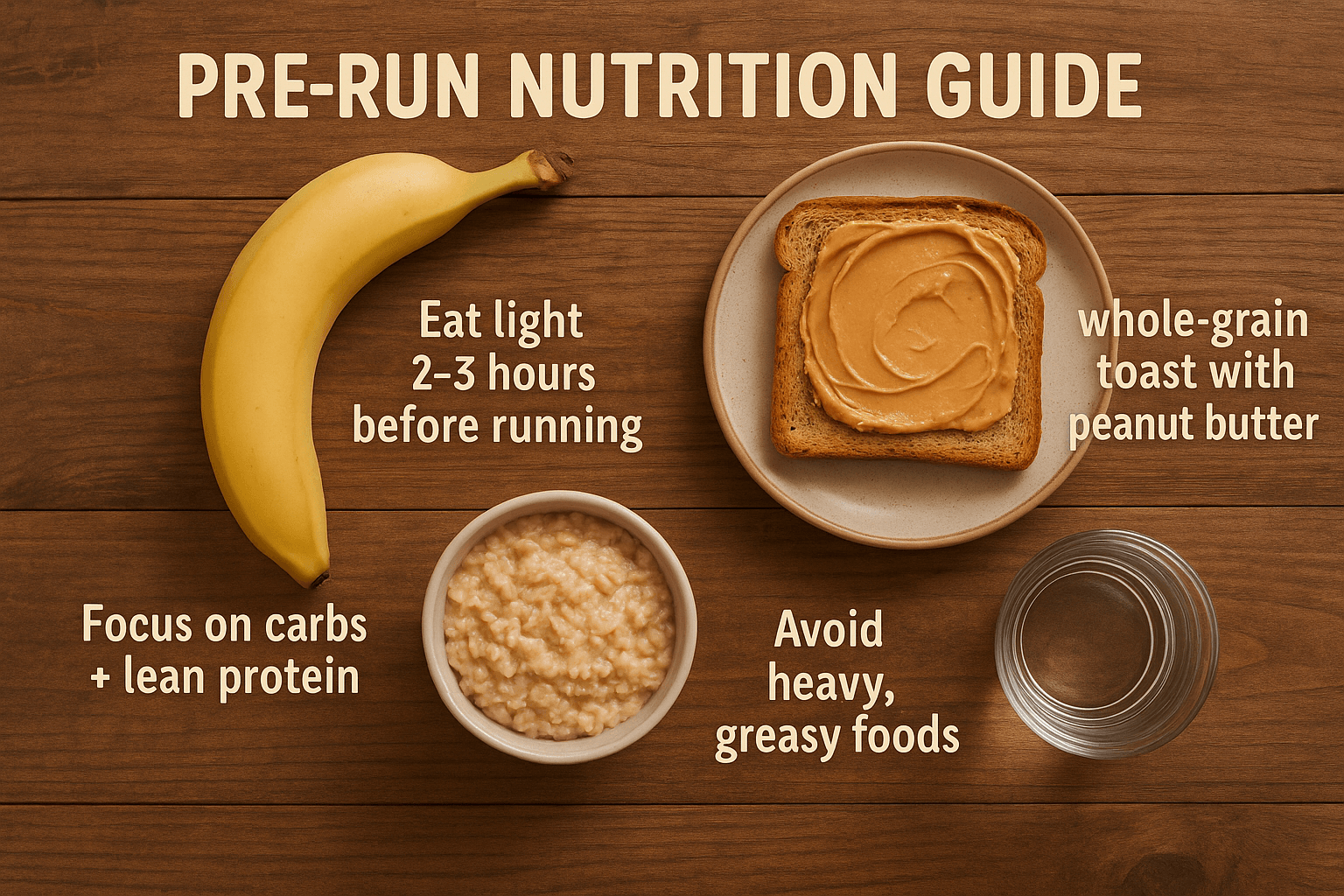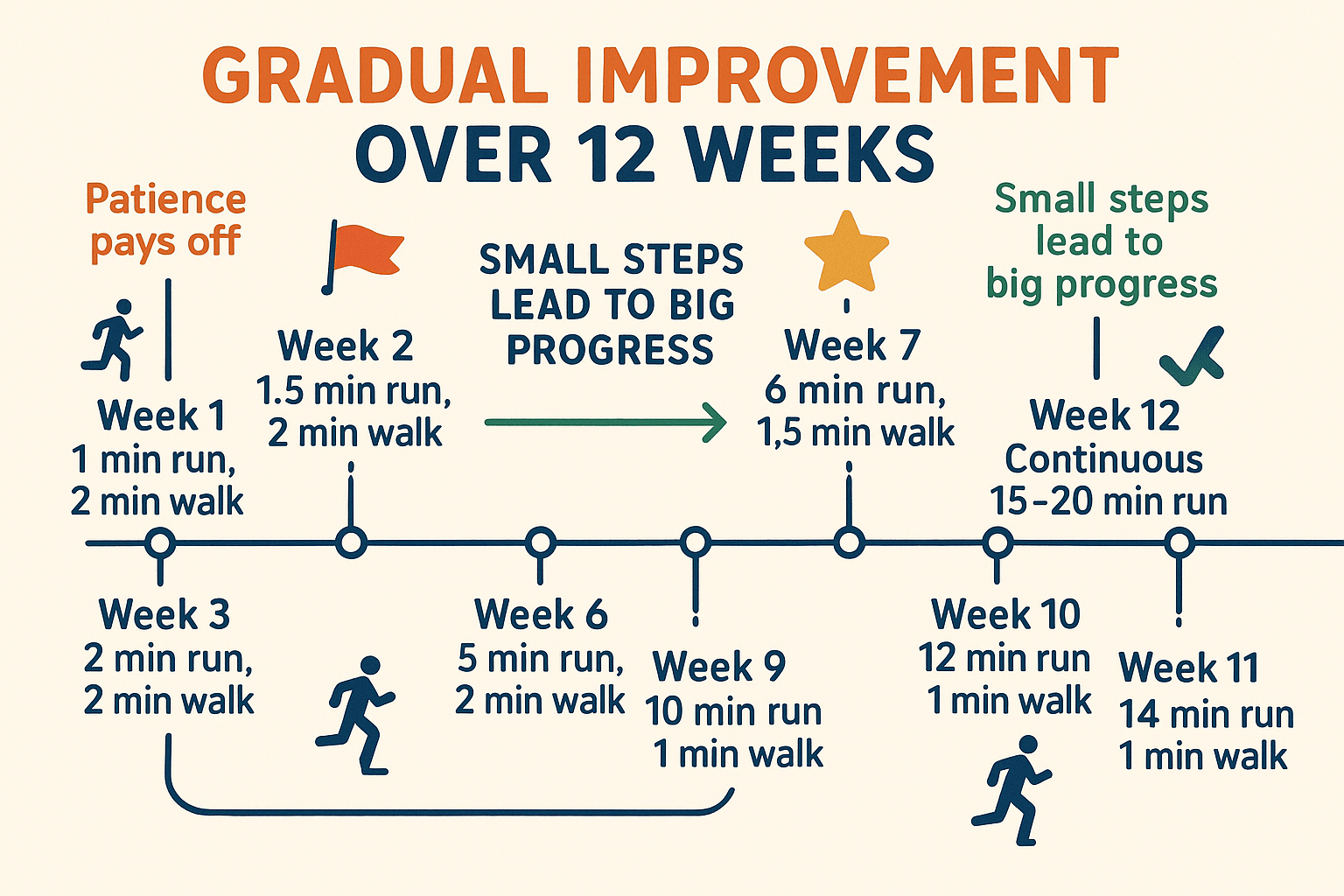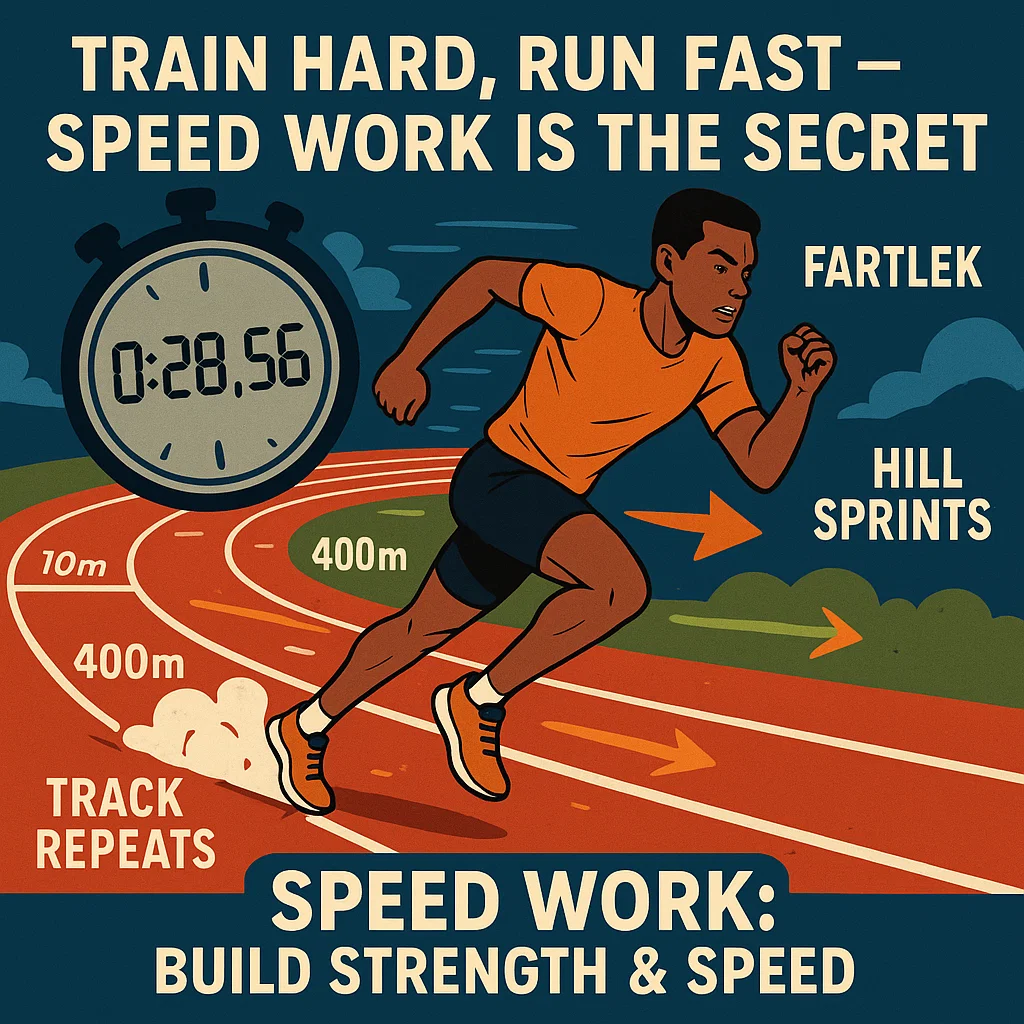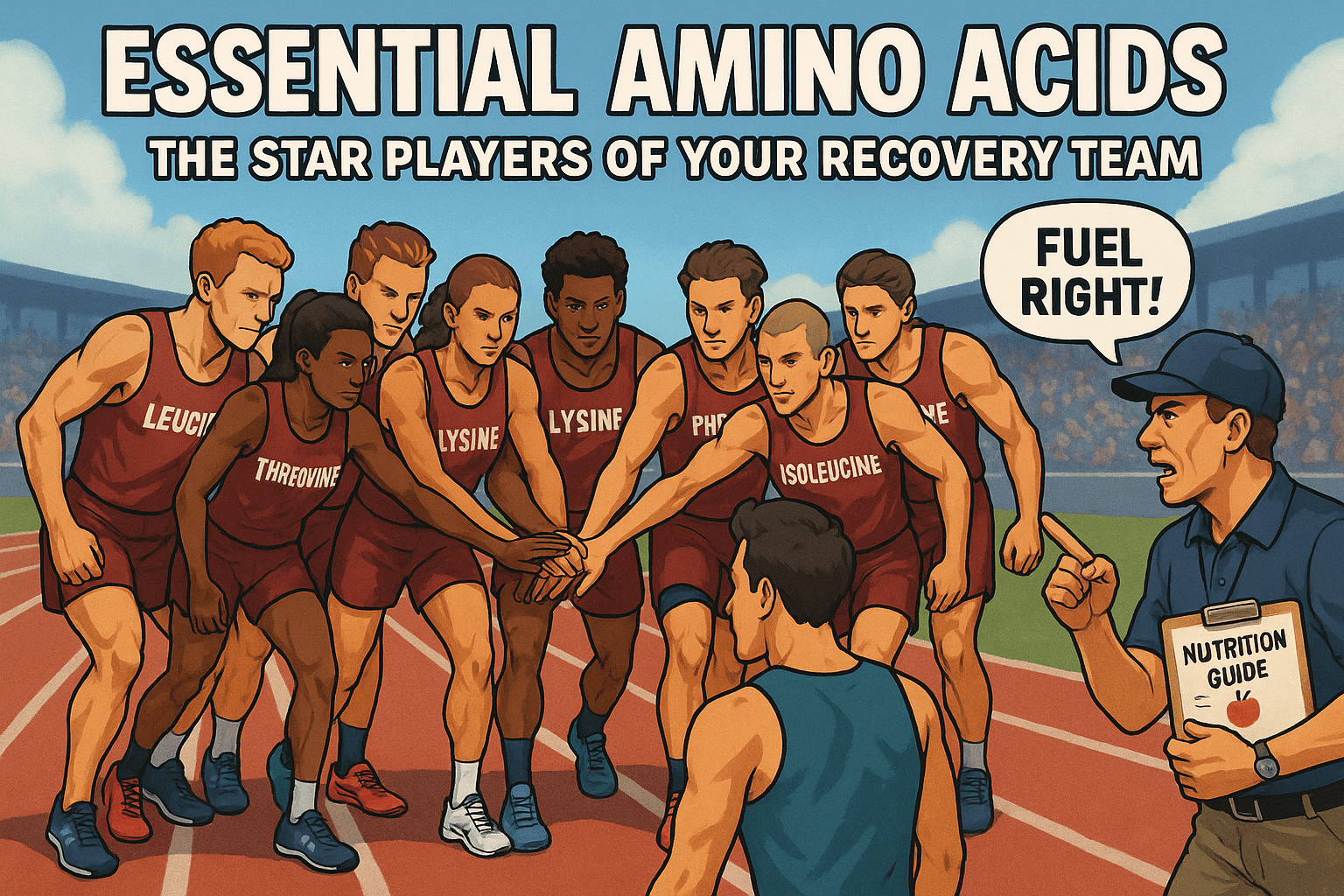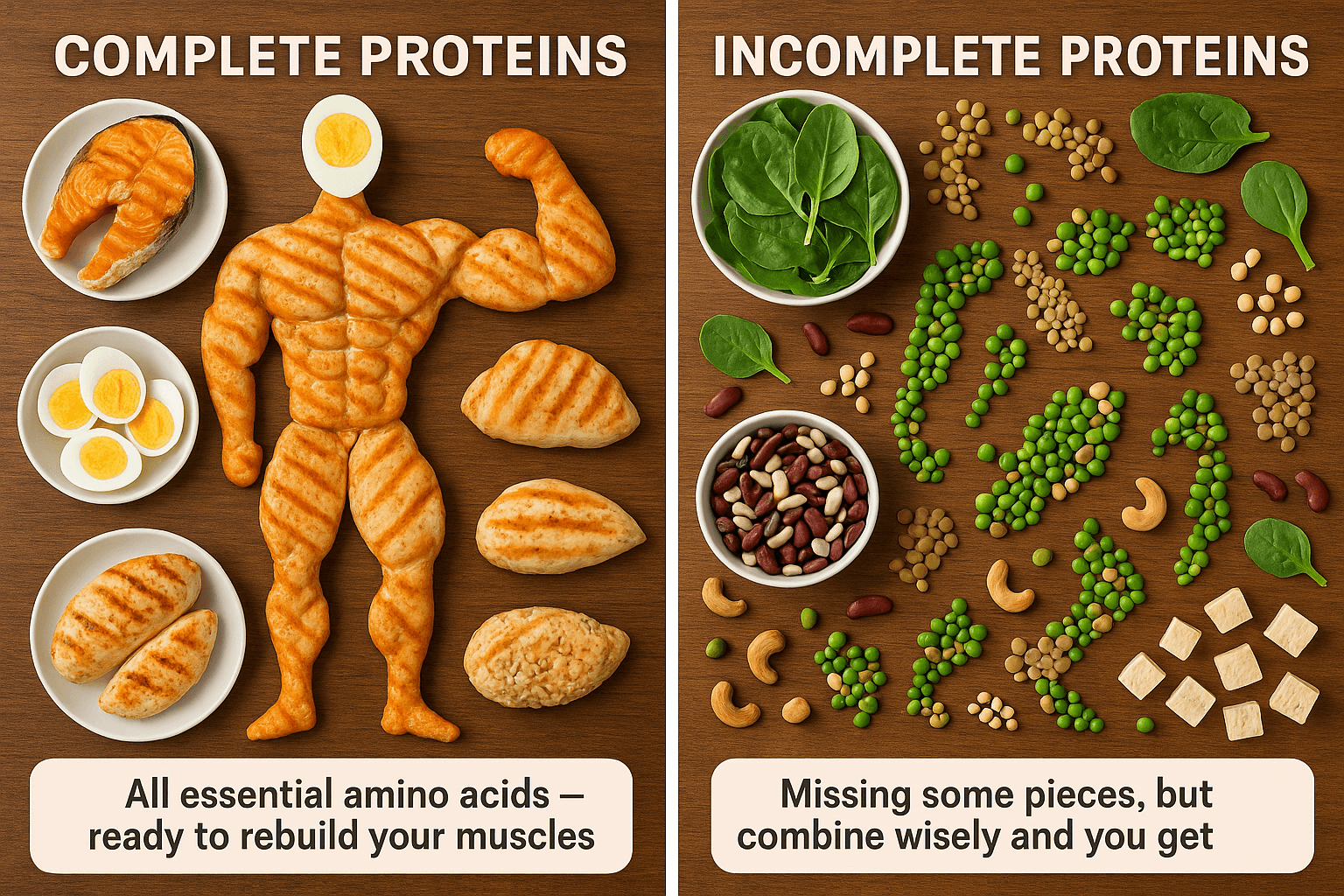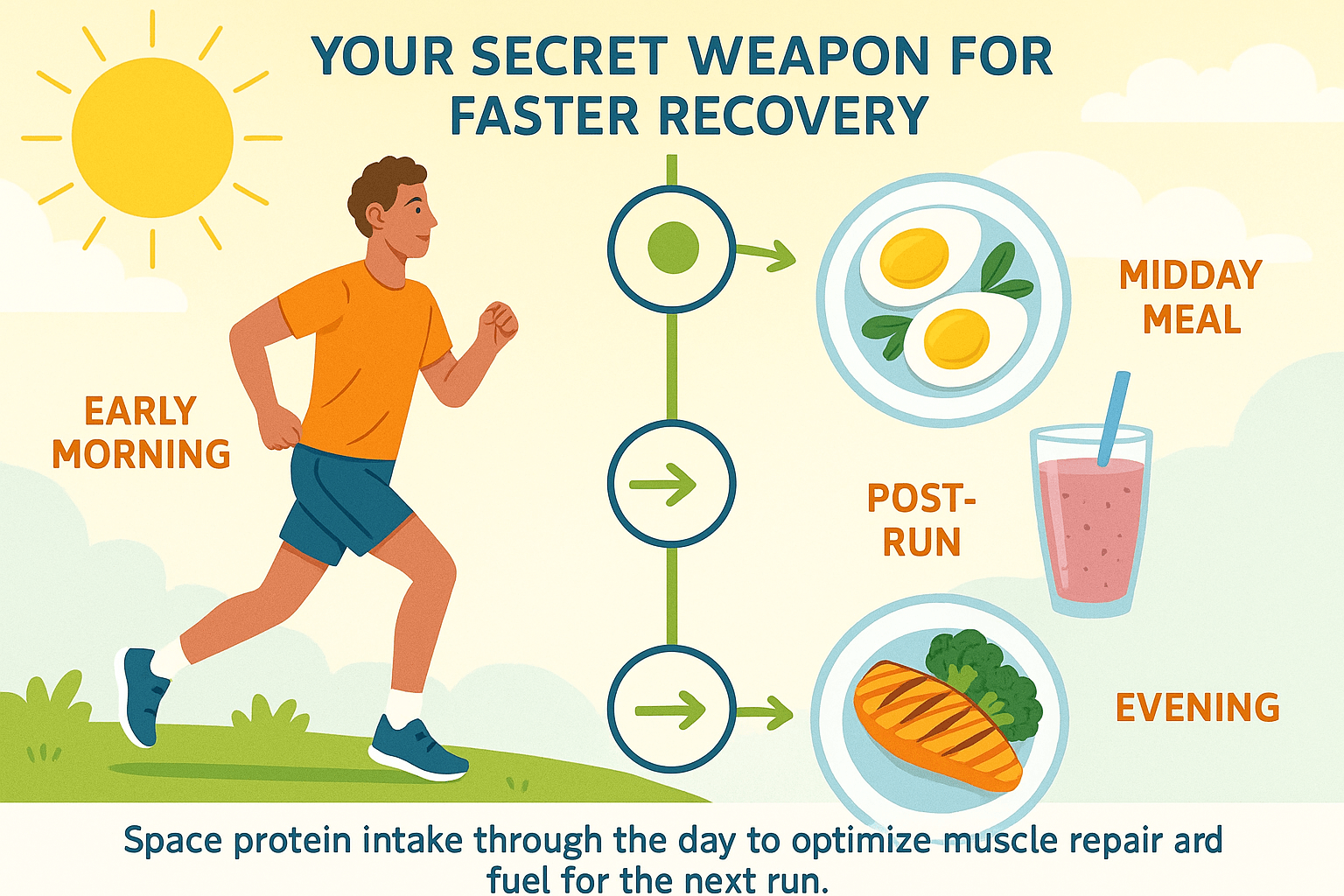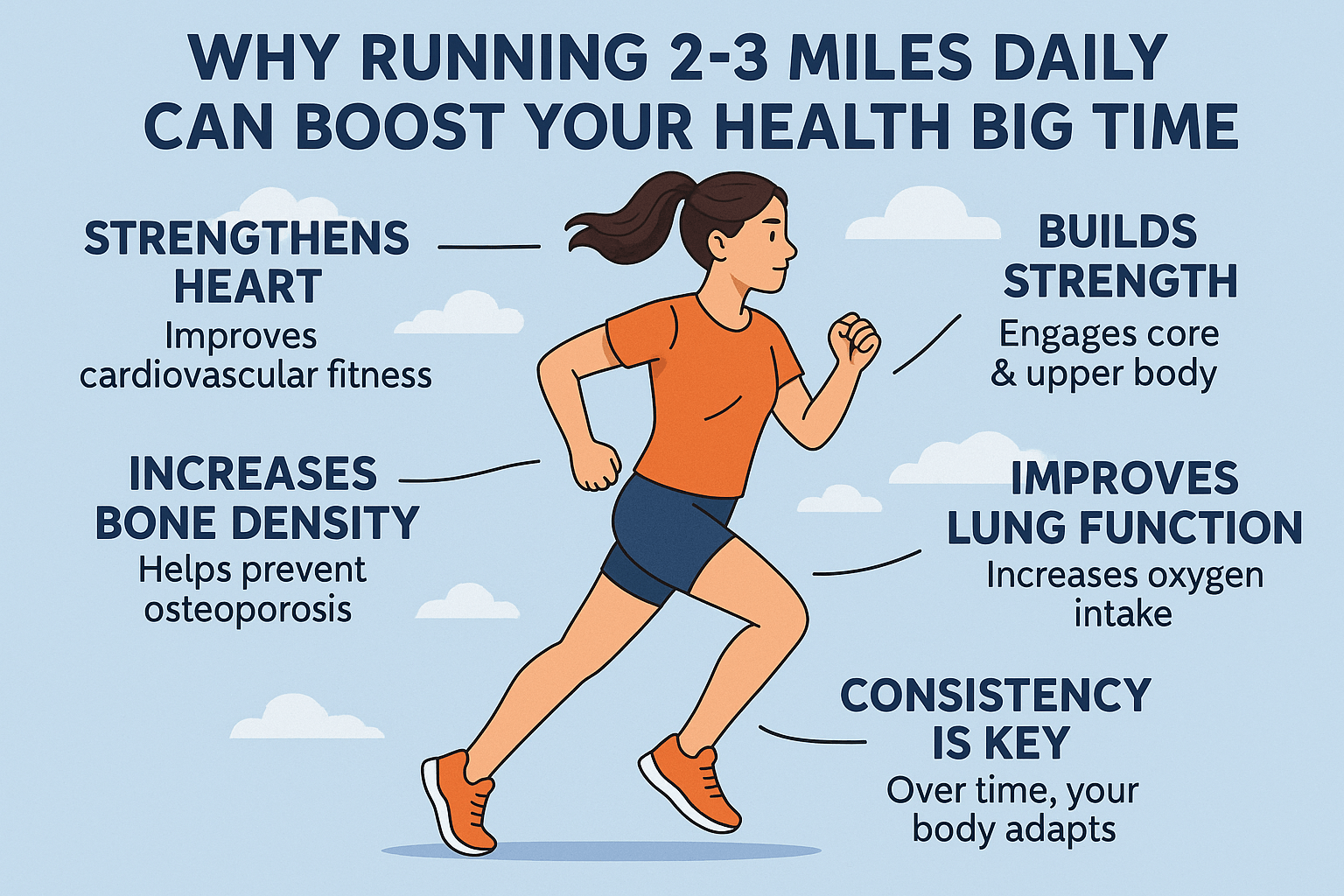I remember my first mile in school – it felt like an eternity.
I was gasping for air, struggling through those four laps, and somehow finishing just over 12 minutes.
I felt like I might collapse. Have you ever had that thought, “Do real runners find this easier?” I sure did.
If you’ve ever asked yourself, “How long should a mile take?” here’s the truth: it’s different for everyone. Your mile time is all over the place – based on your age, gender, and how fit you are.
But hey, don’t sweat it – I’m gonna break it all down for you in today’s post.
By the end of this, you’ll know what’s a “good” mile time for you, how you compare to others according to the latest stats, and how to get faster (if you want to!).
Ready to roll? Let’s do this!
Average Mile Time by Age and Gender (2025 stats)
We all start somewhere. When I first started running, I wasn’t thinking about setting any records. I just wanted to make it from my house to the park without feeling like I was about to die.
Trust me, I wasn’t a natural. But you know what? As you keep running, you’ll start noticing how age and gender play a big part in your times.
So, what’s an average mile time these days? It turns out that it depends on who you are. Age and gender have a huge influence. Here’s a breakdown of what the numbers look like:
Young Adults (18–30):
- Men: Run about 7:30 per mile
- Women: Run about 8:43 per mile
That’s the golden age for running – fast and fit.
True Beginners:
When you’re just starting out, expect to be slower.
- Men: Will probably run between 9:25–11:00
- Women: Anywhere from 10:40–12:30
(My first mile was in the 12-minute range, and honestly, I thought I was going to keel over.)
Masters (30–50 years):
As we age, times tend to go up.
- Men in their 30s and 40s: Average about 8:26 per mile
- Women: Around 10:08
It’s normal – we hit our peak in our 20s, and after that, every decade adds a bit more time.
Why the Differences?
The reason for the differences? Youth and muscle mass give younger runners an edge, while experience and mental toughness help older runners keep going.
But here’s the kicker – you’re always racing against yourself. Those records are just for fun. This sport is all about you pushing your own limits. It’s about progress, not perfection.
Bottom Line:
The average person might run a mile in around 10 minutes. But that number changes with age and gender.
Don’t get hung up on those averages – they’re just there to give you some context. A 12-minute mile can be awesome for a 60-year-old runner, but a 20-year-old male might aim for something faster.
Context is everything. In the end, it’s not about the time on the clock – it’s about how far you’ve come.

Beginner vs. Elite Runner Speeds
As I’ve elaborated before, when I started running, I didn’t care about time – I just wanted to finish. But eventually, you start thinking about speed.
Here’s how a beginner stacks up against an elite runner:
First-Time or Casual Jogger:
If you’re just starting out, a 10 to 12-minute mile is a solid goal. Many beginners will do run/walk intervals and finish around 12–13 minutes or more. And that’s totally fine.
My first mile was tough – 12-minute pace and I was out of breath. But with training, bringing it down to a 10-minute mile is completely doable.
Recreational Runner:
If you’ve been running for a little while, you’re probably running in the 8 to 10-minute range. That’s where most runners land. You might be doing a few races, hitting the neighborhood loop at a steady pace, and feeling like you’re working hard, but in a good way.
This is where you start seeing real improvements. My pace went from 12 minutes to 10 minutes pretty quickly, with consistent training. That’s a win.
Competitive Amateur:
This is for those folks who race hard. They might hit around 6 to 7 minutes per mile in their prime. These are the runners doing speed work and training hard for PBs. They’re chasing a faster time every time they hit the road. As you get older, that time creeps up, but a 6-minute mile is still a solid pace for a competitive runner.
Right now I proudly consider myself a competitive amateur and my best one mile time is around is around 5:20. I’m planning to bring it down to 5:00 or even faster by the end of this year but let’s see how training goes.
Elite Runner:
Now we’re talking fast. An elite male runner in his 20s could run close to 4 minutes per mile – that’s insane. Elite women are often hitting low 5-minute miles. That’s Olympic-level stuff. To put it into perspective, in the last 100 years, only about 1,600 people have run a sub-4-minute mile – mostly men. And women are now chasing that sub-4 mark. It’s pretty wild.
The World Record
Let’s talk about world records for a second. The men’s mile record? 3:43.13, set by Hicham El Guerrouj back in 1999. For women, the record is 4:07.64, set by Faith Kipyegon in 2023. Yeah, you read that right – under four minutes for a woman, and just over four minutes for a guy.
Unreal. These athletes are in a league of their own.
Faith Kipyegon might even be aiming for that 4-minute barrier, which would be a game-changer for women’s running. That’s a serious goal right there.
But let’s keep it real – for most recreational runners, a 4 or 5-minute mile is out of reach. Even my goal to go sub-5 might be too much of a stretch. And that’s okay. The elites are in their own world. But what makes running great is that it’s all about personal growth.
Curious about average 5K times? Check this post.
How to Improve your Mile Time
You’ve probably heard the saying, “Slow and steady wins the race,” but here’s the kicker: it’s not about just going slow. It’s about running smart, building endurance, and knowing when to push.
Let’s talk about how to run a faster mile – without burning yourself out.
These tips? They’re the real deal. No fancy gadgets, no need to be genetically gifted, just straight-up practical advice from one runner to another.
Build Your Endurance (Yes, by Running Slower)
This one throws a lot of new runners off. To run faster, you don’t need to be going full throttle on every run. In fact, running too hard too often can be a disaster. The secret to improving is running easy on most days.
Sounds too simple, right? But here’s the thing: running slower builds your aerobic base, which is the foundation that supports your speed later on.
Take it from me – I’ve seen runners improve their times by running slower during training. One guy I coached went from an 8:10 to a 7:40 mile by jogging at an 11:00 pace during his easy runs. That’s how you build stamina without burning out. So, stop worrying about hitting crazy speeds on your training runs. Save that for race day.
I tell all my runners: “Run slow to run fast.” It works.
Mix in Some Speed Work
Okay, once you’ve built your foundation with easy runs, it’s time to add some speed. I’m talking about intervals and fartlek workouts. Don’t get intimidated by fancy terms – they’re just short, intense bursts of speed. Speed work teaches your body how to turn your legs over faster, which will make your fast running feel easier over time.

Here are a few simple workouts:
- Track Repeats: Run one lap (400m) hard, then jog or walk one lap to recover. Start with 4 repeats, then build up to 8. You can also do 8×100m sprints or 4×200m. These short, explosive bursts train your fast-twitch muscles.
- Fartlek: During a normal run, pick a landmark like a tree or sign, and sprint to it. Then slow down until you catch your breath. Repeat this a few times. It’s less structured but keeps the workout fresh.
- Hill Sprints: Find a good hill, sprint up it for 20-30 seconds, then walk down. Repeat. Hills are like speed work and strength training combined. Trust me, your legs will thank you later.
Be Consistent and Gradual
Consistency is key, and this is where so many people mess up. You can’t just run hard for a week and expect miracles.
Think of it like learning an instrument. The more you practice, the better you get.
Run regularly – 3 to 5 times a week, depending on your schedule. And don’t jump too fast.
The golden rule? Never increase your weekly mileage by more than 10% each week.
Mind Your Form and Pacing
Okay, pacing is huge.
If you start your mile like you’re trying to win the Olympics, you’ll burn out halfway through. The key is to start at a sensible pace – not too fast, but not a total jog either.
If you can, try to keep an even pace, or better yet, a negative split (where you run the second half faster than the first).
I always tell runners, try to push the third quarter of your mile the hardest. That’s when most people start to slow down, but if you can push through that, you’ll finish strong.
As for form, don’t slouch. Keep your posture upright and relaxed. Your arms should swing naturally, not across your body like you’re trying to box someone. The more relaxed your form, the less energy you waste.
Rest and Recover
Listen, here’s a tip that’s often overlooked: you get faster when you rest.
It’s easy to get hyped up and think you should run every day. But the truth is, pushing yourself without enough recovery leads to burnout and injury. When you run hard, you’re actually tearing muscle fibers. It’s the rest that allows them to rebuild stronger.
Take one or two rest days a week. It’s crucial. And yeah, cross-training is awesome – things like cycling, swimming, or yoga can keep you active without beating up your legs. Oh, and sleep? That’s when your body really does the hard work of repairing itself. Trust me – rest is part of the process.
Make It Fun and Stay Motivated
Look, you can be doing all the right things, but if you’re not having fun, you’re going to burn out. So, set little goals. Maybe challenge yourself to beat your mile time once a month. Or grab a buddy and race them to the next lamppost – little challenges like that can make your runs a lot more enjoyable.
Running with friends is also a game-changer. There’s something about having someone else there to push you and keep you accountable. If you don’t have a running buddy, join a local group. Seriously, running clubs are growing because they make the runs so much more fun.
And celebrate every win – even if it’s just shaving a few seconds off your time. Write it down in a log. Seeing that you went from 10:45 to 9:59 to 9:30 over a few months is huge for your confidence.
Here’s how long does it take for BPC 157 to work.
FAQ: Mile Time & Performance
Q1: What is the average time to run a mile?
The average adult mile time ranges between 8 to 10 minutes, depending on fitness level, age, and running experience.
Q2: What is considered a good mile time?
A good mile time varies by age and fitness, but for most recreational runners, 6 to 8 minutes is considered a solid benchmark.
Q3: How can I improve my mile time?
Include interval training, tempo runs, and strength exercises in your training plan. Consistency and gradual progression are key to getting faster.
Q4: Does age affect mile time?
Yes, as we age, mile times typically slow down. However, with consistent training, many runners can maintain strong mile performances well into their later years.
Q5: Is an 8-minute mile fast?
For most recreational runners, an 8-minute mile is a strong pace that shows good aerobic fitness.
Q6: How often should I run a mile time trial?
Testing your mile time every 4 to 6 weeks helps track progress without overdoing it. Use it as a checkpoint to adjust your training.
Q7: Should I warm up before running a mile time trial?
Absolutely! A good warm-up with dynamic stretches and easy jogging preps your muscles and helps prevent injuries.
Q8: Can beginners run a mile without stopping?
With a gradual build-up, yes! Start with run-walk intervals and work up to running the full mile at an easy pace.
Q9: What’s the best way to pace myself during a mile run?
Start at a comfortable but steady pace for the first half, then push harder in the final lap or last quarter mile.
Ready, Set, GO!
Alright, you’ve got the tips – now it’s time to get moving. I’ve seen people go from barely finishing a 5K to setting personal records on the regular. It’s all about patience, consistency, and having the right mindset. There will be days when you feel like you’re stuck in a rut, but keep at it.
The improvements come, I promise.
So, here’s my challenge for you: Grab a friend, hit the track, and race a mile. See where you’re at, then work on improving it. Who knows, maybe you’ll beat your personal best in a few weeks. Or maybe you’ll just have a blast racing your friend. Either way, you’re doing this for you.
Now, let me know – what’s your mile time right now, and what are you aiming for next? Let’s keep each other motivated and keep running strong! See you out there.

